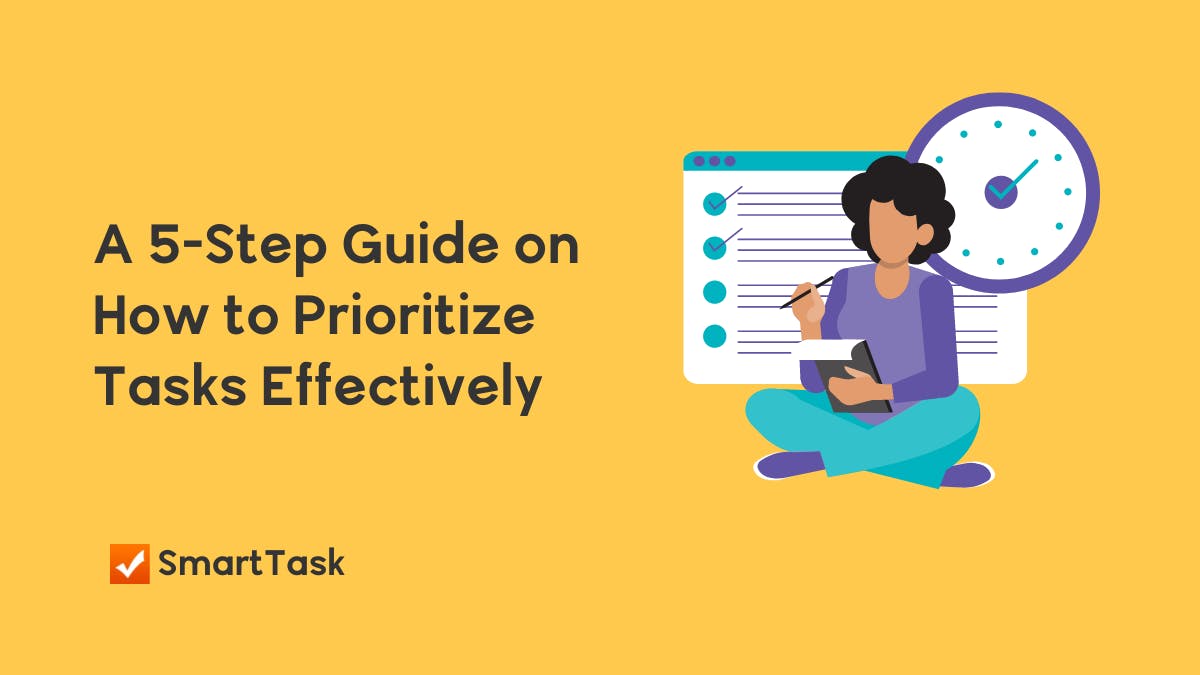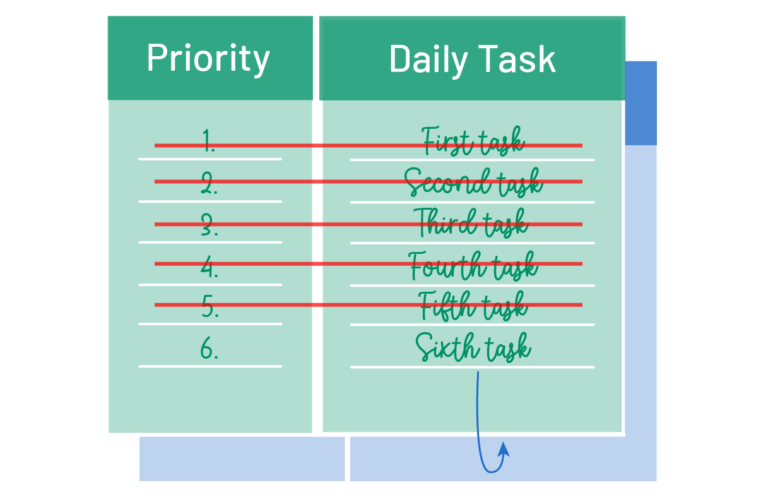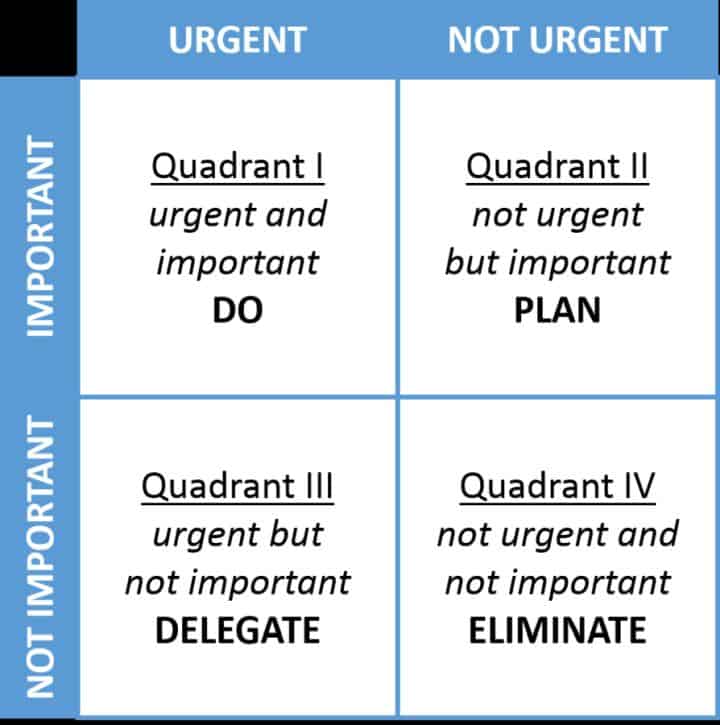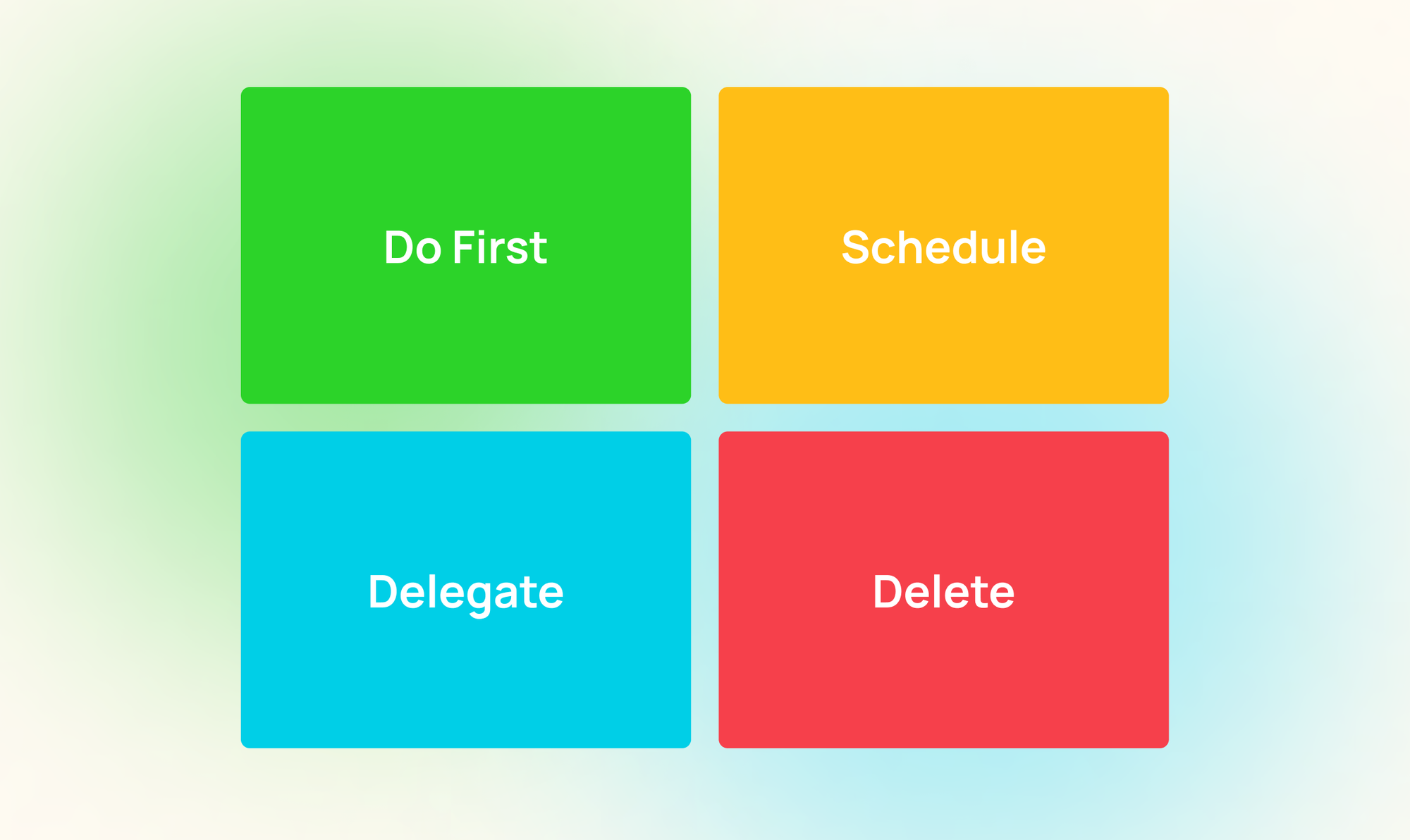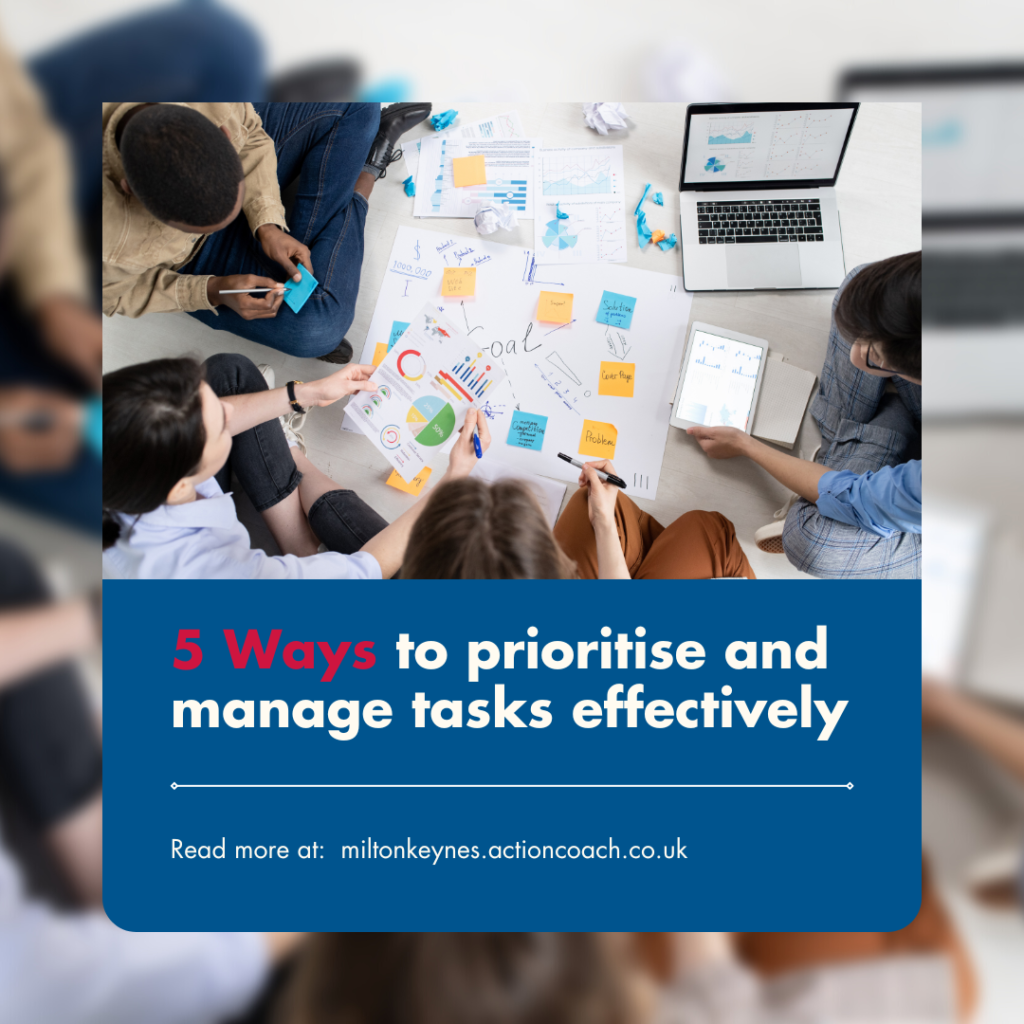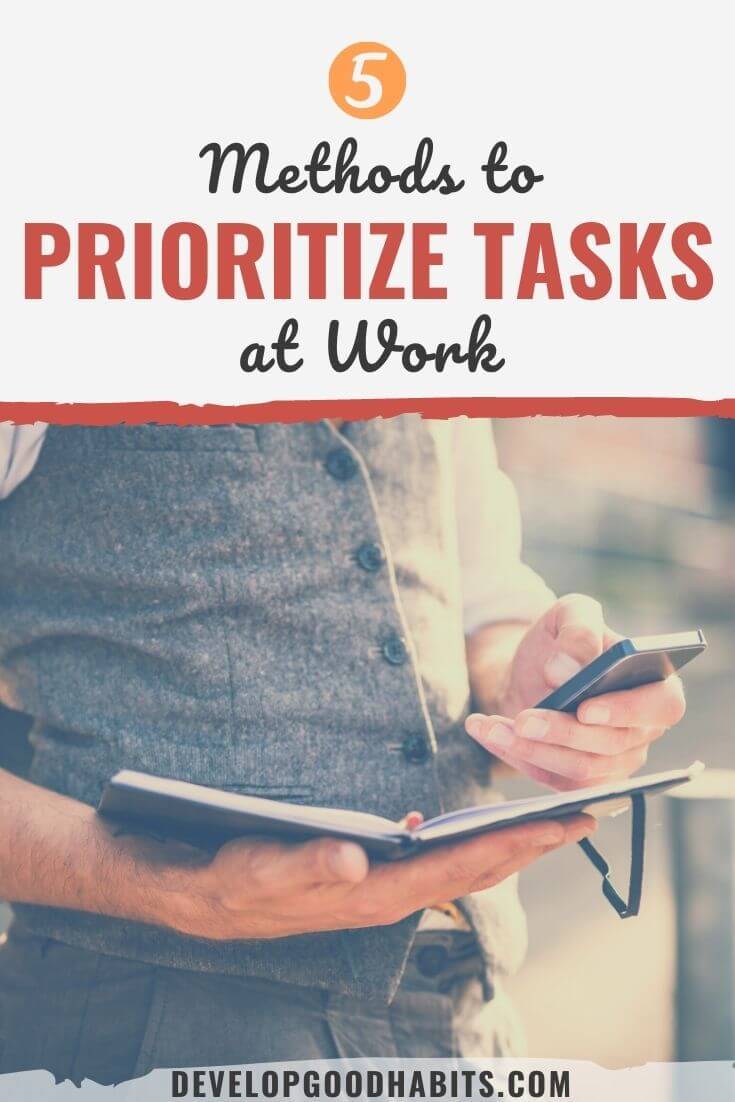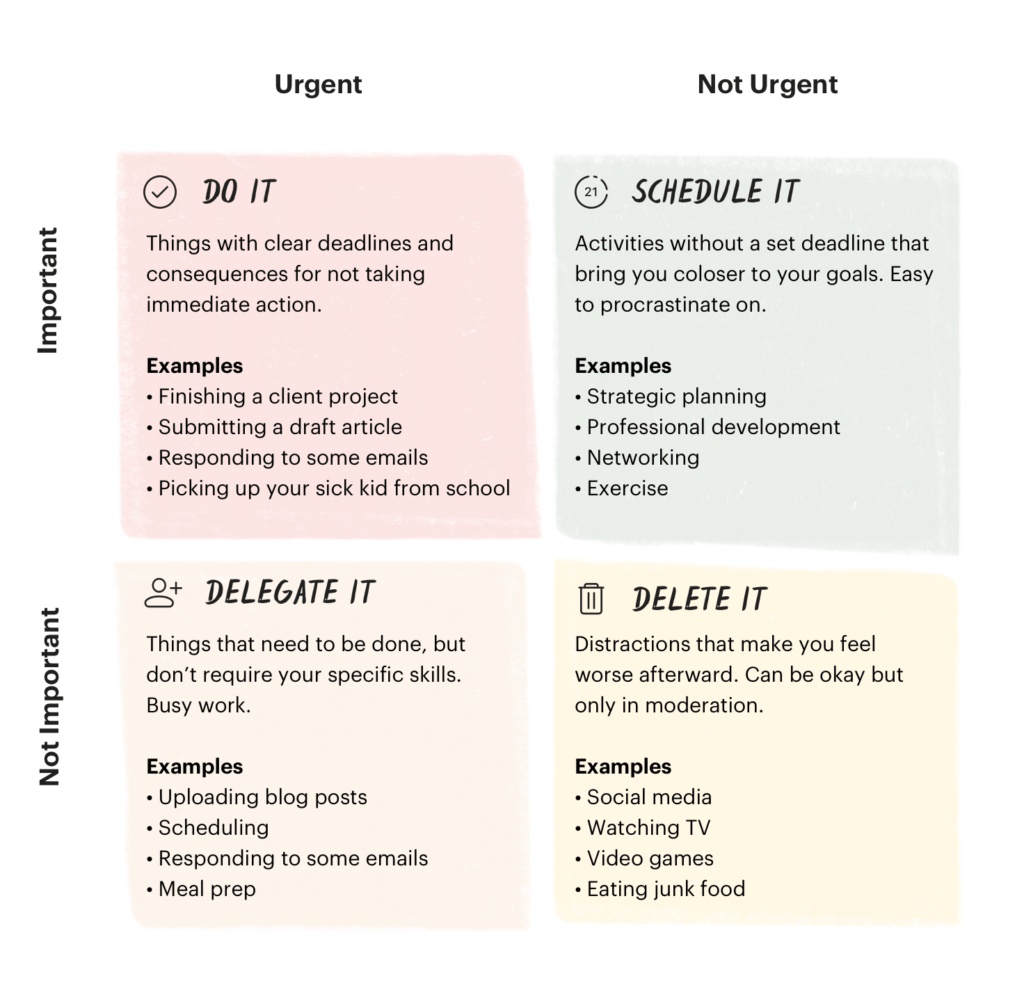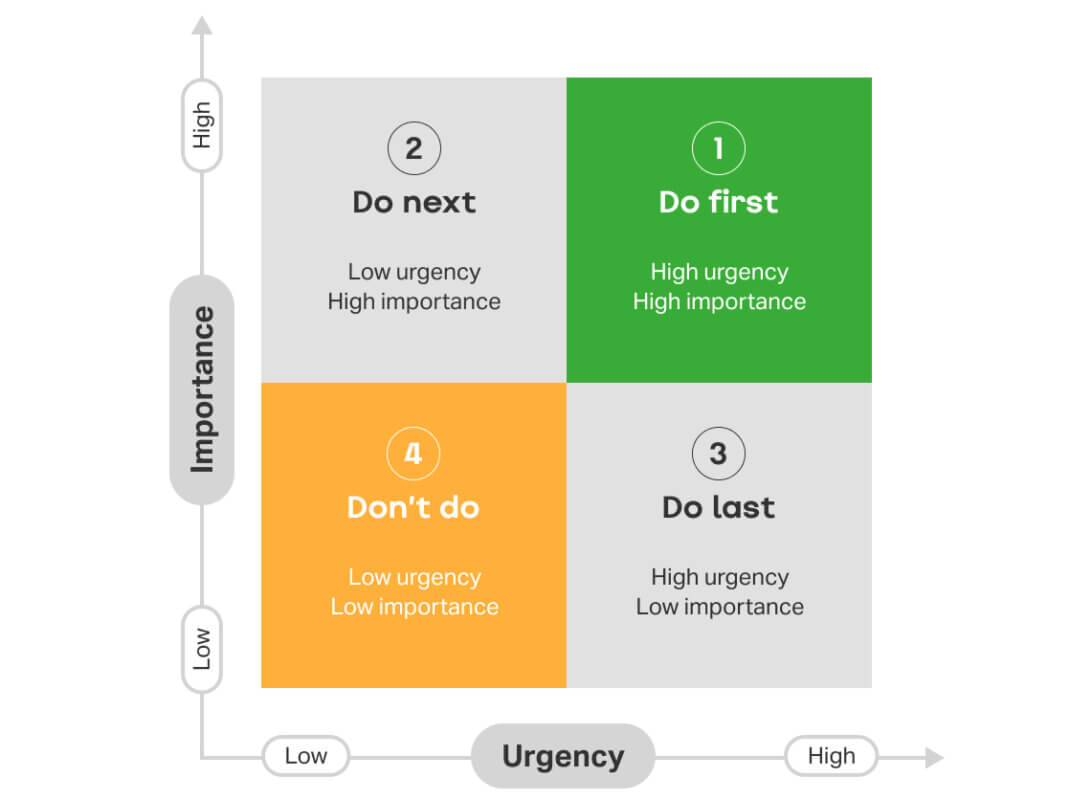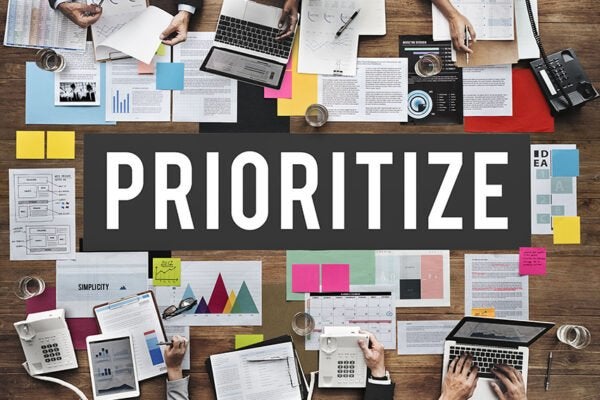Best Way To Prioritize Tasks

Time is money, especially for value-conscious shoppers constantly juggling work, family, and personal commitments. Mastering task prioritization isn't just about being organized; it's about maximizing productivity and minimizing wasted effort to get the most bang for your buck.
This review is tailored for individuals who demand efficiency and tangible results from their task management strategies. We'll cut through the noise and provide an analytical breakdown of the best task prioritization methods and tools, helping you choose the option that delivers the greatest return on your time investment.
Why Prioritization Matters for Value-Conscious Individuals
Effective task prioritization directly translates to increased productivity. It allows you to focus your energy on the activities that yield the highest impact, leading to faster goal achievement and greater overall efficiency.
Poor prioritization, on the other hand, can lead to missed deadlines, wasted effort on low-value tasks, and increased stress. Ultimately, this translates to lost opportunities and potentially significant financial costs.
Shortlist of Prioritization Methods & Tools
For the Budget-Conscious Beginner:
- Eisenhower Matrix (Urgent/Important): A simple quadrant-based system for categorizing tasks.
- To-Do List Apps (Free Versions): Many apps offer basic task management functionalities at no cost.
For the Time-Strapped Professional:
- Getting Things Done (GTD): A comprehensive system for capturing, organizing, and prioritizing tasks.
- Premium To-Do List Apps with Advanced Features: Offer features like collaboration, recurring tasks, and priority flagging.
For the Data-Driven Optimizer:
- Kanban Boards: Visualize workflow and track progress.
- Project Management Software with Analytics: Provides detailed insights into task completion rates and resource allocation.
Detailed Reviews of Top Prioritization Methods
The Eisenhower Matrix
This simple yet powerful matrix categorizes tasks based on urgency and importance. Tasks are placed into one of four quadrants: Urgent & Important (Do First), Important but Not Urgent (Schedule), Urgent but Not Important (Delegate), and Neither Urgent nor Important (Eliminate).
The Eisenhower Matrix is easily implemented using a pen and paper or a simple spreadsheet. Its strength lies in its simplicity and ability to quickly identify high-priority tasks.
However, it requires a degree of self-awareness to accurately assess the urgency and importance of each task. It can also be subjective, leading to inconsistencies in prioritization.
Getting Things Done (GTD)
GTD is a comprehensive system that emphasizes capturing all tasks and ideas into a trusted system. It then focuses on organizing these items into actionable steps, prioritizing them based on context and energy levels, and regularly reviewing progress.
GTD promotes clarity and reduces stress by providing a framework for managing a large volume of tasks. It is highly customizable and can be adapted to individual needs and preferences.
The initial setup of GTD can be time-consuming, and it requires discipline to maintain the system consistently. Some users may find the system overly complex for simple task management.
Kanban Boards
Kanban boards visualize workflow using columns representing different stages of a project or task completion. Tasks are represented as cards that move across the board as they progress.
Kanban boards provide a clear overview of project status and identify bottlenecks. They promote collaboration and transparency, making them ideal for team-based projects.
Kanban can become overwhelming with too many tasks, and it may not be suitable for tasks with complex dependencies. The visual nature may not appeal to all users.
Side-by-Side Comparison
| Method | Complexity | Cost | Collaboration | Reporting | Overall Score (Out of 5) |
|---|---|---|---|---|---|
| Eisenhower Matrix | Low | Free | Limited | Basic | 4 |
| Getting Things Done (GTD) | Medium | Low to Medium (depending on tools used) | Medium | Medium | 4.5 |
| Kanban Boards | Medium | Low to High (depending on tools used) | High | Medium to High | 4 |
Practical Considerations for Value-Conscious Shoppers
Before investing in a specific method or tool, consider your individual needs and preferences. What types of tasks do you typically manage? How much time are you willing to invest in learning and implementing a new system?
Start with free or low-cost options to experiment with different approaches. Many to-do list apps offer free versions with basic functionalities, allowing you to test their suitability before committing to a paid subscription.
Prioritize systems that integrate seamlessly with your existing workflow. A complex system that requires significant effort to maintain is unlikely to be sustainable in the long run.
Look for tools that offer strong customer support and readily available resources. This can save you valuable time and frustration when troubleshooting issues or learning new features.
Key Takeaways
Effective task prioritization is crucial for maximizing productivity and minimizing wasted effort. The Eisenhower Matrix offers a simple and accessible starting point, while Getting Things Done (GTD) provides a more comprehensive framework.
Kanban Boards are ideal for visualizing workflow and promoting collaboration. Consider your individual needs, budget, and technical expertise when selecting the best approach.
Don't be afraid to experiment with different methods and tools to find the combination that works best for you. The key is to find a system that is both effective and sustainable.
Take Action Today!
Ready to reclaim your time and boost your productivity? Start by implementing one of the prioritization methods discussed in this article. Download a free to-do list app or create your own Eisenhower Matrix template. The journey to a more organized and efficient you begins now!
Frequently Asked Questions (FAQ)
Q: Which prioritization method is the most effective?
A: The "best" method depends on individual needs and preferences. The Eisenhower Matrix is great for beginners, while GTD suits those needing a comprehensive system, and Kanban excels in team environments.
Q: Are free to-do list apps sufficient for effective prioritization?
A: Yes, many free apps offer basic features like task creation, due dates, and reminders. They're a good starting point, but premium versions often provide advanced functionalities.
Q: How much time should I dedicate to task prioritization each day?
A: Dedicate at least 15-30 minutes each day to review and prioritize tasks. This proactive approach can save hours of wasted effort in the long run.
Q: What if my priorities constantly change?
A: Regularly review and adjust your priorities based on changing circumstances. Flexibility is key to adapting to unforeseen events and maintaining productivity.

